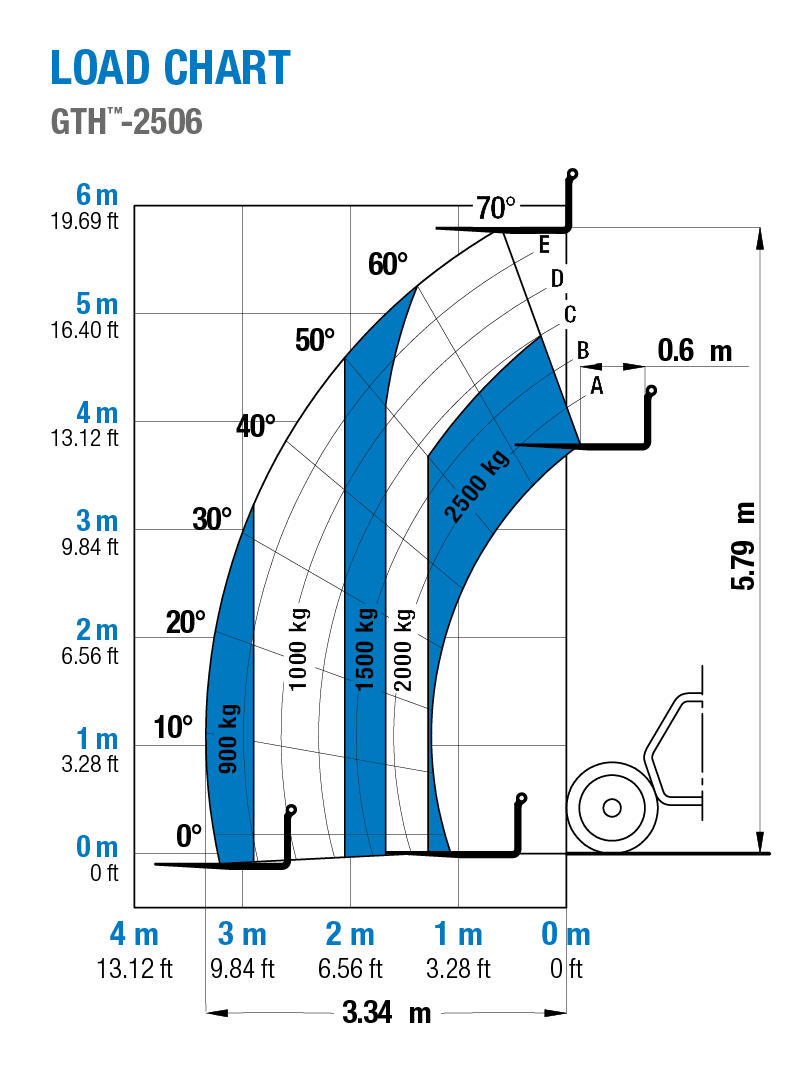

As with mobile cranes, the new standard specified that the load capacity of telehandlers used to pick and carry freely suspended loads (as opposed to loads carried on pallet forks) be limited to 66% of tipping load versus the normal 75% applicable when the machine is stationary or travelling loads properly supported on the forks.ĭevelopment of an appropriate standard was made more complex by the fact that telehandlers are offered with not just fork carriages but with factory-installed buckets, jibs and winches, all of which add load weight and reduce lift capacity.Ĭonsequently AS 1418.19 mandated that telehandlers of greater than 3t capacity that are fitted with jib/hook or wire rope hoist attachments be equipped as standard with a rated capacity indicator/limiter as well as with in-cab load charts relevant to lifting when different factory installed or approved attachments are fitted.


It combined appropriate sections of the European telehandler standard with parts of the AS 1418.5 crane standard. What EN 1459 does require (on non-slewing telehandlers) is a longitudinal stability indicator/limiter: typically a fairly unsophisticated and not particularly precise device using a load cell to measure the weight on the rear axle or chassis and emitting audible and visual warnings when rated capacity is approached.Īfter three years work and consultation with manufacturers, dealers and users, Australian Standards published AS 1418.19 in October 2007. Neither did they require operator aids such as load indicators and limiters or load charts covering such pick-and-carry applications. WorkCover concluded that EN 1459 didn’t cover pick-and-carry operations for freely suspended loads, for example, loads slung under the boom or carried on a truss jib. WorkCover NSW, the state’s local OHS department, found that telehandlers were increasingly being used as pick-and-carry lifters in place of mobile cranes but that they didn’t meet the crane design standard AS 1418.5, being generally designed to the European telehandler standard EN 1459. The investigation found that the machine tipped over while travelling with a concrete skip suspended from a jib attached to the boom. Stuart Anderson reportsĪustralian Standards began work on a telehandler design and use standard in 2004 when, early in 2005, the boom of a Manitou telehandler struck and killed a construction worker in Kingscliff, New South Wales. New Australian standards will see telehandlers subject to the same scrutiny as cranes, when they perform crane-type lifts.


 0 kommentar(er)
0 kommentar(er)
